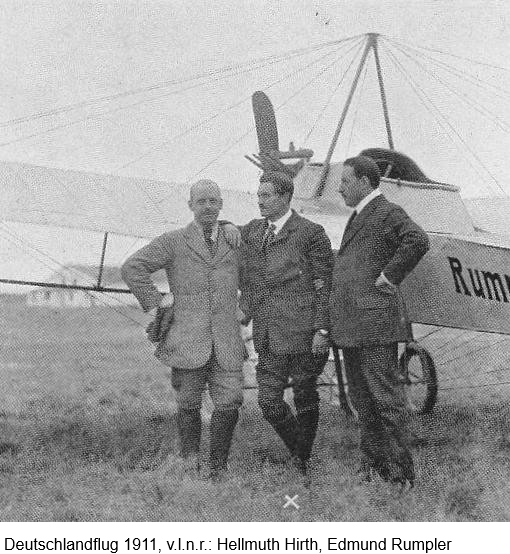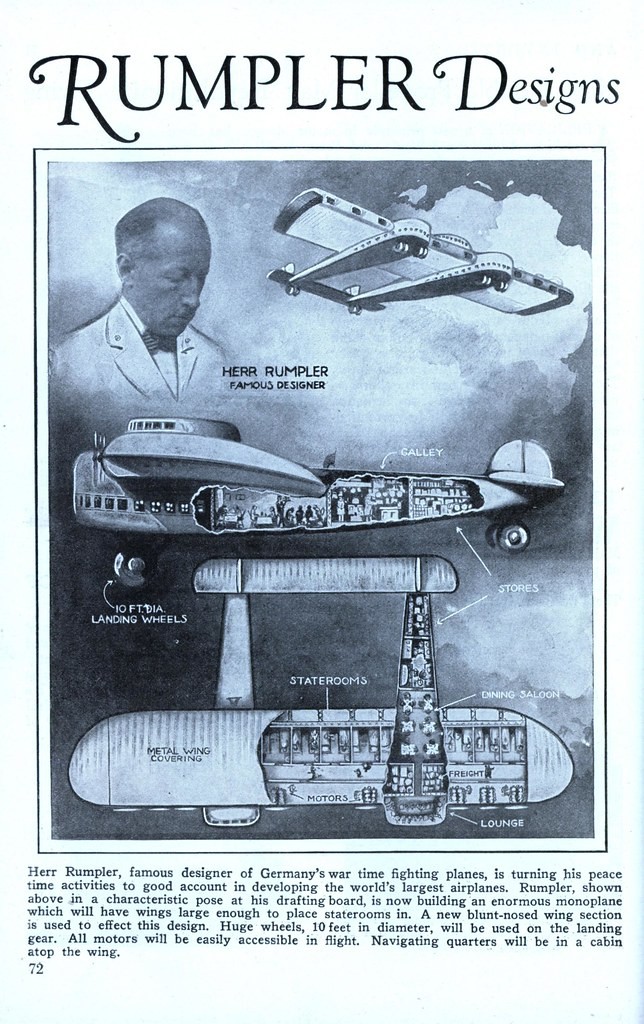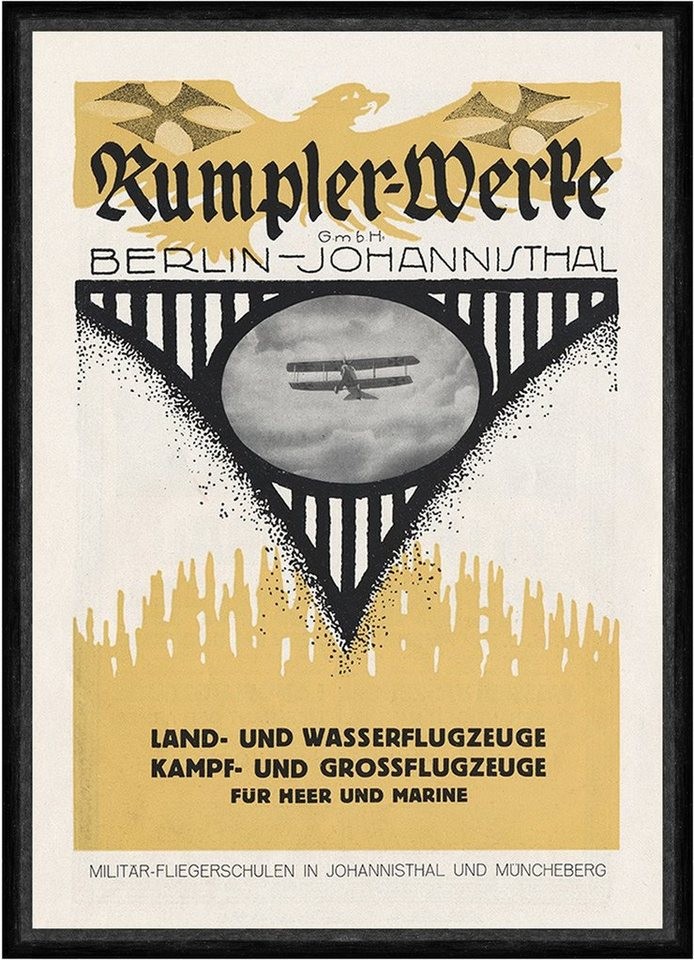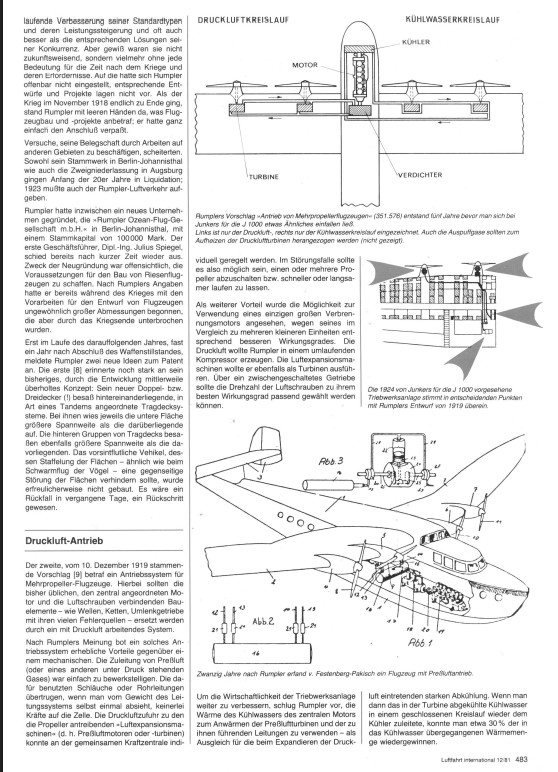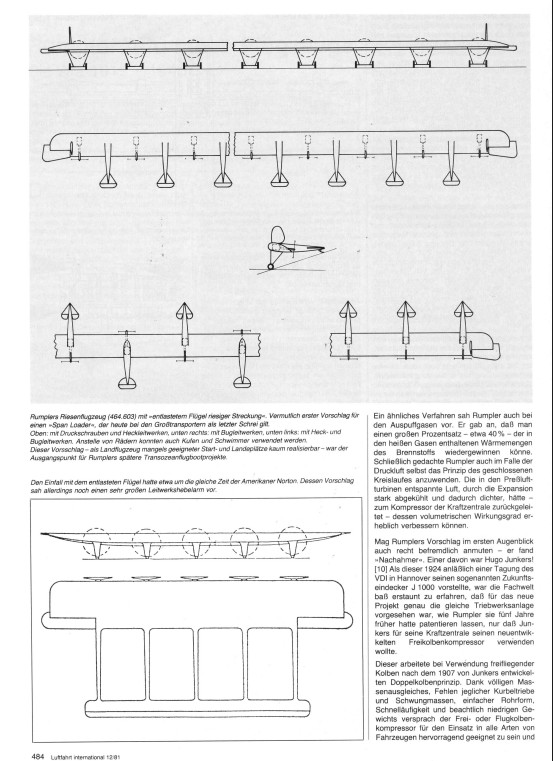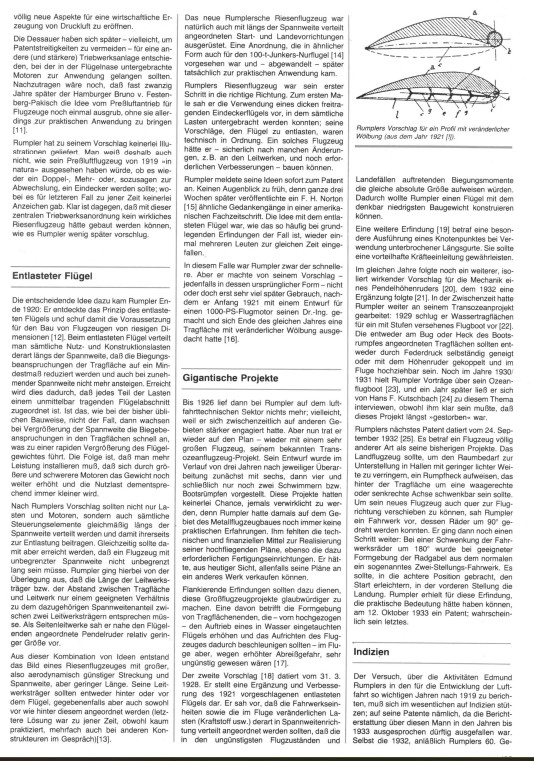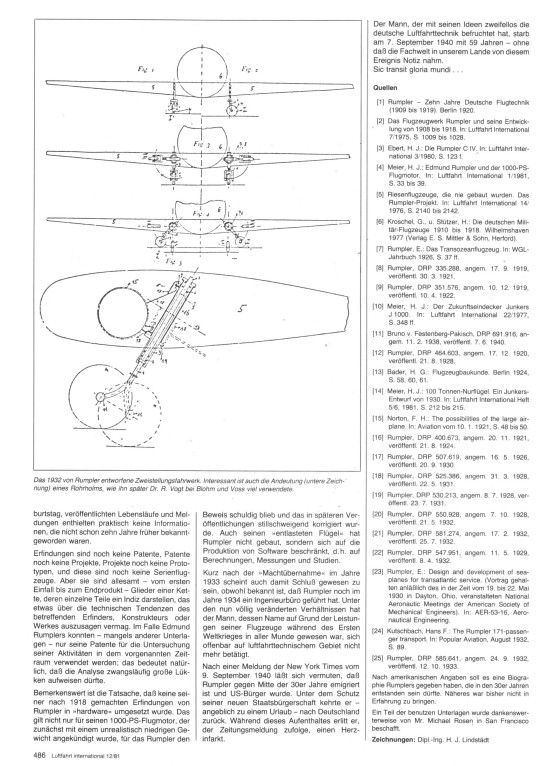B
Rumpler-Luftfahrzeugbau GmbH, Rumpler-Werke, usually known simply as Rumpler was a German aircraft and automobile manufacturer founded in Berlin by Austrian engineer Edmund Rumpler in 1909 as Rumpler Luftfahrzeugbau.[1] The firm originally manufactured copies of the Etrich Taube monoplane under the Rumpler Taube trademark, but turned to building reconnaissance biplanes of its own design through the course of the First World War, in addition to a smaller number of fighters and bombers.[1][2]
The company, from the beginning a limited liability concern (GmbH), became a Aktiengesellschaft in the style of Rumpler-Werke AG on 21 September 1917 with a capitalization of 3,5 million Marks. In 1918, 3300 people worked for Rumpler[3] at the Berlin headquarter and a subsidiary in Augsburg, the Bayerische Rumpler-Werke AG.
As a consequence of the Treaty of Versailles Germany was not allowed to manufacture aircraft. Rumpler instead attempted to secure a place in the post-war automobile market, which lead to the development of a vehicle with the first effective aerodynamic chassis, the Rumpler Tropfenwagen, on the premises of its Augsburg subsidiary. It was shown at the 1921 Internationale Automobil Ausstellung which then took place in Berlin. The car failed to attract sufficient sales and the Bayerische Rumpler-Werke AG went into receivership in 1923, followed by the Rumpler-Werke AG in Berlin in 1925. The assets were liquidated in 1926, with the Augsburg premises bought 30 July 1926 by the Bayerische Flugzeugwerke, predecessor of BMW.
Like many other German aircraft manufacturers, Edmund Rumpler was forced to head for other aviation business after WW I. On 13th March 1919 Rumpler Flugzeugwerke AG performed its first test flight with a Rumpler C VI (D-72) from Berlin-Johannisthal to Gotha, Augsburg and Munich. In June 1919 regular scheduled flights between Berlin and Munich were introduced with Rumpler C I and C VI aircraft via Leipzig. The route from Berlin to Leipzig was operated by Rumpler Flugzeugwerke AG in Johannisthal, while the routing from Leipzig to Munich and Augsburg was operated by Bayerische Rumpler-Werke AG in Augsburg, an affilate of Rumpler Flugzeugwerke AG, which was set up in 1916.
However, in Autumn 1919 the liquidation of Rumpler Flugzeugwerke AG in Berlin started on demand of the Allies. Most aircraft of Rumpler Luftverkehr were confiscated and the airline operation had to be stopped. Edmund Rumpler moved to his Augsburg based Bayrische Rumpler Werke AG, which had already changed production towards agricultural engineering and railway repair shops in 1919. Otto Meyer, the managing director of the Augsburg facilities, also worked on aircraft modifications, which converted the military Rumpler C I into a passenger aircraft by adding a small two seated passenger cabin. The Bayrische Rumpler Werke AG finally took over the complete airline operation of Rumpler Luftverkehr from Berlin and operations were restarted on the Augsburg-Munich-Nuremberg-Leipzig-Berlin routing in 1920. In October 1920 a cooperation service from Berlin via Frankfurt to Munich was added together with D.L.R. Magdeburg was integrated on the route from Berlin to Munich.
In 1920 Rumpler Luftverkehr became part of the Lloyd Luftdienst GmbH franchise ring. While the Rumpler Luftverkehr was growing, the Bayrische Rumpler-Werke AG ceased their production in 1922. The air traffic departement of the Bayrische Rumpler-Werke AG were outsourced and set up as an independent company under the name Rumpler Luftverkehrs AG on 30th September 1922. Also in 1922 Rumpler Luftverkehrs AG decided to exchange its older military derivate aircraft for modern passenger airliners of Junkers. When Lloyd Luftdienst GmbH merged with D.L.R. into Deutscher Aero Lloyd, Rumpler Luftverkehrs AG left the consortium and joint the Junkers Luftverkehr. Rumpler Luftverkehrs AG became member of the "Transeuropa Union" and later of the "Europa Union" serving the classic Rumpler routes from Munich to Berlin within this consortiums.
When Junkers Luftverkehr collapsed in 1925 and was absorbed by the newly founded Luft Hansa, the operational units of Rumpler Luftverkehrs AG were also integrated within the new Luft Hansa airline. Rumpler Luftverkehrs AG itself received shares of Luft Hansa for the former Rumpler assets, which were interegrated into Luft Hansa.
